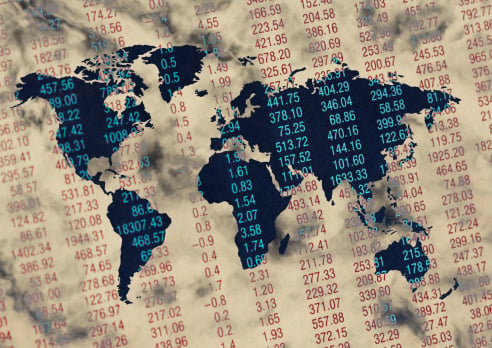Asian Growth to Improve in 2013 — World Bank
December 19, 2012 by Paul Ausick
Another key point is that growth is expected to come from domestic demand rather than from exports as global demand for EAP products remains constrained by a variety of economic factors. The report estimates that China’s GDP growth for 2012 will fall from 9.3% in 2011 to 7.9%, the lowest growth rate since 1999. Growth is forecast to pick up to 8.4% in 2013 as the government provides additional stimulus and embarks on a new round of large infrastructure investments.
Excluding China, the World Bank report estimates 2012 growth in the region will reach 5.6% in 2012, up from 4.4% in 2011. For 2013, growth is expected to reach 5.7% and is forecast to reach 5.8% in 2014. Growth is expected to be strong in Indonesia, Malaysia, Myanmar, and the Philippines.
Continuing financial problems in the eurozone and the possibility of a second U.S. recession present serious risks to the World Bank’s forecast for the region. But then, these issues are a considerable risk to most regional and national economies. The World Bank notes that if a sudden shock should hit the global economy, most of the EAP countries would implement some kind of fiscal easing to absorb some of the impact.
One other risk is a surge of foreign direct investment in the region as a result of the easing policies of the U.S, Japan, and the eurozone. The report notes:
[E]xcessive capital inflows into the region … could render exchange rates uncompetitive, lead to asset price bubbles and excessive credit growth, raise the risk of future sudden outflows, or lead to costly sterilization measures from monetary authorities.
In other words, inflation remains a threat to the region’s economy.
The World Bank report is available here.
Paul Ausick
Sponsored: Find a Qualified Financial Advisor
Finding a qualified financial advisor doesn’t have to be hard. SmartAsset’s free tool matches you with up to 3 fiduciary financial advisors in your area in 5 minutes. Each advisor has been vetted by SmartAsset and is held to a fiduciary standard to act in your best interests. If you’re ready to be matched with local advisors that can help you achieve your financial goals, get started now.